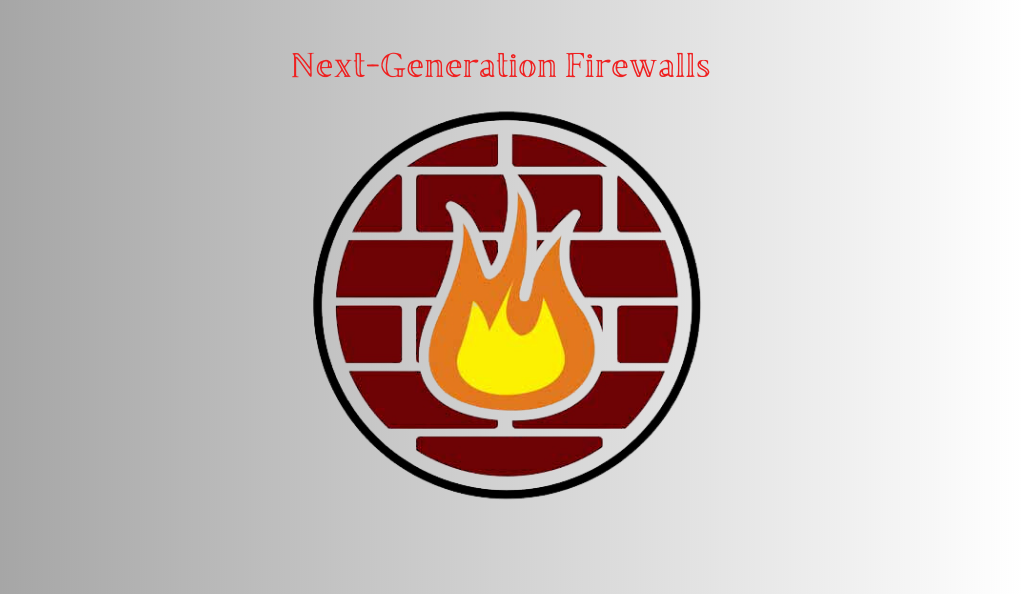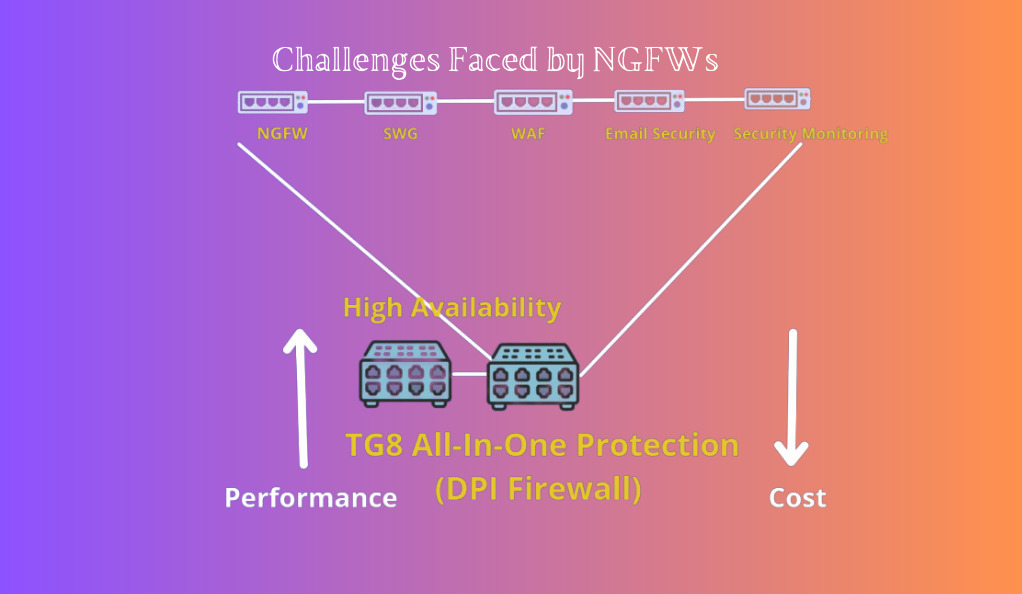Zscaler Cloud Firewall: Next-Generation Protection for Modern Enterprises
In our interconnected digital age, the importance of robust security solutions cannot be overstated. Traditional firewalls, once the bedrock of network security, are now showing their age and limitations in the face of sophisticated modern threats. The Next-Generation Firewall (NGFW) was developed as an answer to these challenges, offering advanced features and deeper inspection capabilities. However, even the NGFW has found itself grappling with the complexities of a cloud-centric world. Enter Zscaler’s Cloud Firewall, a pioneering solution designed to offer unparalleled protection tailored for the demands of today’s enterprises.
Understanding the Limitations of Traditional Firewalls
For years, traditional firewalls have served as the primary line of defense for networks. Operating on Layers 3 and 4 of the OSI model, they have been responsible for managing and filtering network traffic based on specific parameters like port and protocol. Their role has been to ensure that data transfers occur securely, adhering to established security policies. However, as cyber threats have evolved in complexity and cunning, these firewalls have struggled to keep up. Advanced threats, such as ransomware and zero-day exploits, can often bypass these traditional systems, leaving networks vulnerable.
The limitations of traditional firewalls are not just about their inability to counter new threats. Their design and functionality are rooted in a time when network architectures were simpler and more centralized. Today’s digital ecosystems are vast, distributed, and cloud-based, making the static nature of traditional firewalls less effective. There’s a clear need for a more dynamic, intelligent, and adaptable security solution that can address the challenges of the modern digital landscape.
The Rise of Next-Generation Firewalls
The advent of NGFWs marked a significant evolution in the realm of network security. These advanced firewalls were designed to go beyond the capabilities of their traditional counterparts. With the ability to operate up to Layer 7 of the OSI model, they brought deep-packet inspection to the forefront, allowing for a more granular analysis of network traffic. This depth of inspection meant that threats embedded within application data could be identified and neutralized.

However, the capabilities of NGFWs don’t stop at deep-packet inspection. They integrate features like application control, intrusion prevention systems, and threat intelligence. This integration allows them to not only identify threats but also understand the context, making their response more effective. But while NGFWs represent a significant leap forward, they too face challenges. The rapid digitization of enterprises, the shift to cloud infrastructures, and the rise of remote workforces have created scenarios that NGFWs were not originally designed to handle.
Challenges Faced by NGFWs in a Cloud-First World
The digital transformation of enterprises has been swift and expansive. With applications moving to the cloud and employees working from diverse locations, the traditional network perimeter has become blurred. This new paradigm presents unique challenges for NGFWs. For one, the concept of backhauling traffic to a centralized firewall for inspection becomes inefficient in a cloud-first world. This approach can introduce latency, affecting application performance and user experience.
Moreover, cloud applications operate differently from traditional on-premises applications. They demand scalability, flexibility, and speed – attributes that traditional NGFWs can struggle to provide. The direct-to-internet connections that cloud applications often use also mean that routing traffic through centralized firewalls can be counterproductive. Additionally, with the rise of encrypted traffic, many NGFWs find themselves ill-equipped to inspect and filter this data without introducing significant performance overheads.
Zscaler Cloud Firewall: The Future of Enterprise Security
In response to the evolving challenges of the digital age, Zscaler introduced its Cloud Firewall, a solution that promises to redefine enterprise security. Designed from the ground up for the cloud era, this firewall offers a suite of features that make it uniquely suited to protect modern enterprises. Its proxy-based architecture, for instance, allows for dynamic and granular inspection of traffic, ensuring that threats are identified and neutralized in real-time.
But the Zscaler Cloud Firewall is not just about advanced threat detection. It’s about offering a seamless security experience in a cloud-first world. With features like Cloud IPS, DNS Security, and simplified management, it provides enterprises with a comprehensive security solution that is both powerful and easy to manage. It recognizes the realities of today’s digital enterprises – distributed, dynamic, and always-on – and offers a security solution that is equally agile and robust. In essence, the Zscaler Cloud Firewall is not just a step forward; it’s a leap into the future of enterprise security.
FAQs
Traditional firewalls operate mainly on Layers 3 and 4 of the OSI model, managing network traffic based on port and protocol. In contrast, NGFWs can operate up to Layer 7, allowing for deep-packet inspection. This means NGFWs can inspect app-level threats and offer features like application control, intrusion prevention systems, and threat intelligence, providing a more granular and comprehensive analysis of network traffic.
With the shift to cloud applications and the rise of distributed workforces, the traditional network perimeter has become blurred. NGFWs, designed for a more centralized network architecture, struggle with backhauling traffic to a centralized firewall in a cloud-centric environment. This can introduce latency and affect application performance. Additionally, NGFWs may not be equipped to handle the scalability demands of cloud applications or inspect encrypted traffic efficiently.
Zscaler’s Cloud Firewall is designed specifically for the cloud-first world. It offers a proxy-based architecture that allows for dynamic and granular inspection of traffic. Features like Cloud IPS and DNS Security provide comprehensive protection, and its design ensures seamless security in a cloud-centric environment. The firewall recognizes the needs of modern digital enterprises and offers a solution that is agile, robust, and tailored for distributed and always-on operations.
Some of the standout features of the Zscaler Cloud Firewall include its proxy-based architecture, which dynamically inspects network traffic; Cloud IPS, which offers always-on threat protection; DNS Security, which acts as a first line of defense against malicious domains; and simplified management, providing real-time visibility, control, and detailed session logs from a single console.
Today’s enterprises are rapidly shifting to the cloud, with applications moving away from on-premises setups and employees working from various locations. This shift has made traditional firewall solutions, including NGFWs, less effective due to their centralized design and inability to efficiently handle cloud application traffic. Zscaler’s Cloud Firewall is designed for this new paradigm, offering advanced security features without the associated costs and complexities of traditional hardware, making it a future-proof solution for modern businesses.
At bstash.io, our mission is to offer impartial and dependable information on cryptocurrency, finance, trading, and stocks. Nevertheless, we are unable to offer financial guidance and encourage users to conduct their own research and thorough investigations.
Read MoreIn an era where traditional firewalls are challenged by cloud applications and distributed workforces, Zscaler’s Cloud Firewall emerges as a pioneering solution. Dive into its features and understand why it’s the future of enterprise security.







